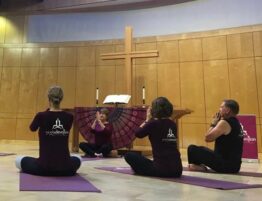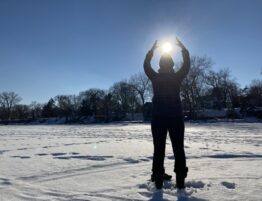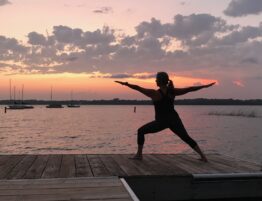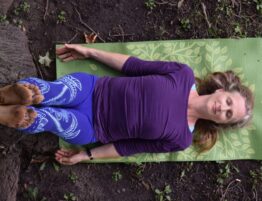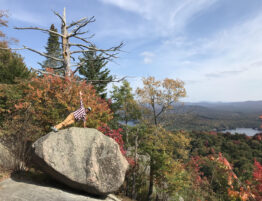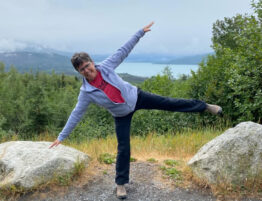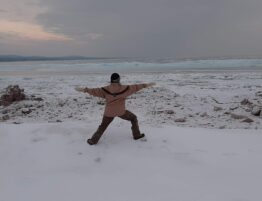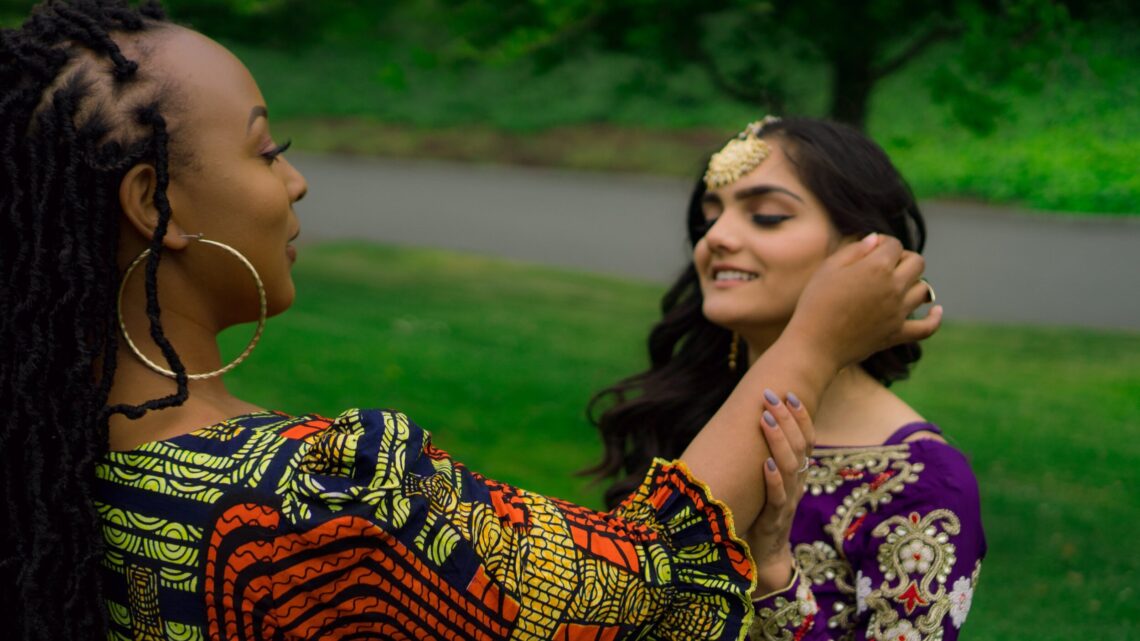
Rev. Kevin Flynn Jun 25
From our friends are Christians Practice Yoga https://www.christianspracticingyoga.com/christianity-and-yoga-blog/2020625the-encounter-of-friendship-as-a-spiritual-path
Some recent posts on this site have emphasized the need for dialogue. Tom Ryan speaks of the spiritual friendship which is part of ecumenical dialogue. Renee Prymus’ interview with Brooke Brimm is an example of the urgent need for deep listening to the experience and pain of racialized people. Far from shutting ourselves off from others, the practices of yoga and meditation liberate us from the enclosure of our ego in order to encounter the other in a mutually transformative way. They are powerful tools which help to loosen our psychological and spiritual blocks which keep us from genuine community. Our illusions about ourselves, our weak and flawed wills, our preference for our own terms — all have to give way to a promise to others that we will no longer hide from one another or ourselves.
Although few of us likely know a hermit, we probably have some ideas of what such a person might be like. In Spenser’s Faerie Queen, errant knights run across many hermits – some are genuinely saintly and others are evil sorcerers in disguise. Hermits are ambiguous. They may be good or bad. We might imagine a reclusive, misanthropic mountain man, hair and nails long and unkempt, deliberately avoiding all human contact. Star Wars fans may think of Obi-Wan Kenobi or Yoda, both of whom live alone, hiding from the Empire. Henry David Thoreau famously lived a kind of hermit life for two years at Walden, though of a limited sort as he often entertained visitors and had his mother do his laundry.
In the Christian tradition, the words “monk” and “monasticism” come from the Greek word monos, meaning “alone.” Other religious traditions, including Buddhism, Hinduism, and Jainism, also know and revere solitaries. The first Christian monks were solitaries, living alone in the deserts of Egypt and Palestine. Gradually, they began to gather in loose groupings known as “sketes.” These in turn evolved into monasteries, some of which have housed communities of hundreds of monks or nuns. Although most Christian monastics now live some kind of community life, the original impulse to seek solitude in order to find a deeper experience of God has never disappeared. Paradoxically, the Christian hermit also finds deeper connection with other human beings. The Trappist Thomas Merton is perhaps the best known 20th century example of the engaged hermit.
Less widely known but of significance to Christians who practice yoga is the example of Fr. Jean-Marie Déchanet. His biography and some of his writings can be found on this website. His writing and teaching on yoga opened the practice to many Christians. During the last major period of his life, Déchanet lived as a hermit at Valjouffrey in the French Alps. He can hardly be said to have been alone all those years. Literally thousands of people came to spend time with him to learn the ways of yoga and meditation.

In this excerpt from Fr. Déchanet, we hear him reflecting on what it means to encounter another person without precondition or defensiveness. Such encounter is both a fundamental human need and the calling of every Christian.
As a practice, we suggest a close reading of Déchanet’s words, then settling into the Breath Prayer offered in Practice of Liberation by Cindy Senarighi (link): Inhale: I am free — Exhale: We are free
From Encounters to The Encounter by Fr. Jean-Marie Déchanet
Encountering another responds to an essential human need: that of finding ourselves in another, in others. But this bumps up against the deep egoism which tells the mind: “I am self-sufficient. Do I lack anyone? Whom do I need?” This ends up in many cases with a sorrowful solitude, often loathed, but which is just the expression of a latent pride, of a brazen self-sufficiency.
A human being is not made to live alone, or as the Scriptures say, “It is not good for the man to be alone.” Right at the beginning of humankind, the Lord God – Elohim – presents a “helper,” not just anyone but a “partner,” or rather as the Hebrew text makes clear “one who will be in suited to him.” ….The couple is truly the symbol as well as the historical foundation of the encounter and encounters.
One heart, one soul
The men are in prayer, gathered together in one place. A woman is there among them: Mary, the mother of Jesus. A rushing wind blows through. They are filled with the Holy Spirit. They speak in diverse languages. They bear witness. They prophesy. Straight away a group comes together: an assembly – ekklesia – of those who live in fraternal community (koinonia) by sharing in one faith, with the same hope, with the same love. They have only one heart and one soul. They hold everything in common. Does anyone not know this story from Acts?
The Church is born when some Jews and Pagans encounter the disciples of a certain Jesus. But the miracle of Pentecost where the Holy Spirit enters people and draws love out of them can only be manifest through a series of encounters and, of course, thanks to those encounters. This is the encounter that the Apostle John describes in his gospel….Those to whom this very Jesus, the Rabbi/Master, said “Come and see!” set their steps upon his way. They saw where he lived, saw what he did. Then they saw him in his encounters, or rather as he went out to encounter the Samaritan woman, the woman caught in adultery, Mary the sinner, and of course Zacchaeus, Levi, a man born blind, a lonely paralytic on the edge of a pool — in short, a crowd of men and women who sought only to believe. In fact, they were in a state of expectation. Their history is our history. Is the Christian faith anything other than the ever-new encounter with the man called Jesus?
Welcoming the Challenge of the Other
Friendships….they come, they go. They form, they fade. They flower, they wilt. We know them only after an inaugural moment. This is just fine. Because friendship, like love, is not calculating. What’s more, the instinct to friendship calls us to go beyond our limits, to find in the other what we lack in ourselves for living fully. But of course friendship can only be fruitful when the ground is prepared. It is a dialogue which presumes on both sides a welcome to the challenge of the other, of the other seen and recognized for who they are: different, free, which means inhabited by different presences than ours and faithful to themselves.
The encounter of friendship is demanding! It is quite the opposite of possession, of having. It presupposes mutual respect and, in all who love each other, the awareness of finding in the other an altogether new and creative dimension of oneself. At the same time, friendship opens a breach in our horizons and enlarges them….This is a way of wisdom which does not abdicate its own thought, but by opening to that of the other, enlarges its reach.
Jean-Marie Déchanet, L’autre et les autres. Journal d’un yogi (tome 3). (Paris : Épi, 1978), pp. 46-47. Translated by Kevin Flynn.
Practice of Liberation (link), offered by Cindy Senarighi
Inhale: I am free
Exhale: We are free


